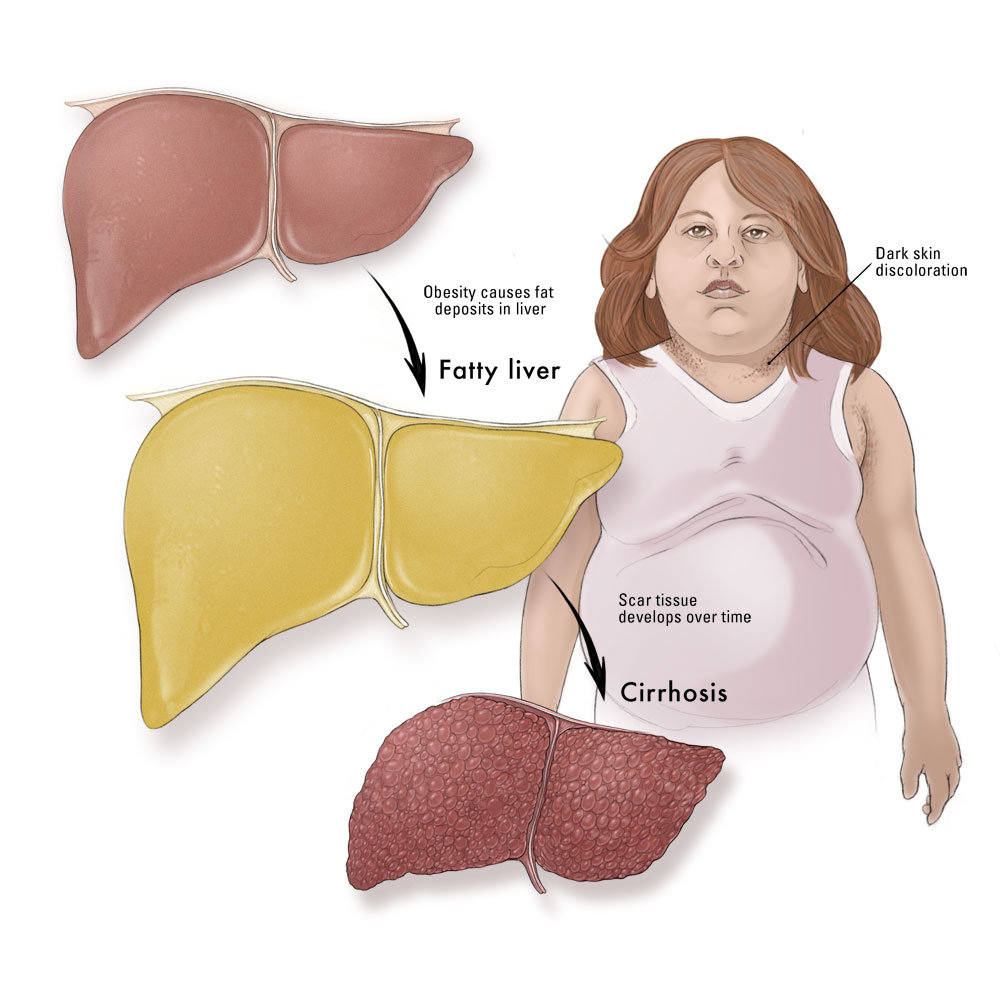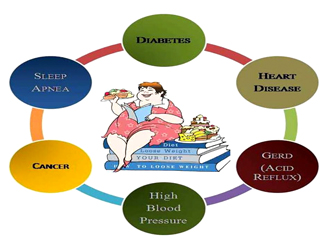Understanding Alzheimer’s disease and The Healthy Brain
Understanding Alzheimer’s disease and The Healthy Brain
Alzheimer’s disease is the most common form of dementia that affects the older generation. Dementia is simply the loss or decline of thinking ability. People with dementia have problems thinking, internalizing information and remembering. The behavior of a person changes with dementia in such away the quality of their life is affected. A person may suffer from either mild or severe dementia. In mild dementia, the disease is in its starting stage and only affects a few aspects of their life. In severe dementia, the person’s functioning is completely affected to an extent that they rely on other people to complete even the basic tasks. Studies have it that Alzheimer’s disease affects over 70% of people who suffer from dementia.
Alzheimer’s disease is characterized by a significant decline of brain cells also known as neurons and deposits of beta-amyloid in the blood vessels located in the brain. In the case of Alzheimer’s disease, plaques and neurofibrillary tangles develop in the brain area. These changes take place in three areas of the brain from the hippocampus, cerebral cortex as well as the mid and temporal lobes. These are accompanied by declined acetylcholine concentration which is a neurotransmitter in the brain. Studies reveal that antioxidant deficiency promotes to the acceleration of the Alzheimer’s disease. Change of diet and taking plenty of supplements reduces a person’s risk to Alzheimer’s disease.

The Healthy Brain
Naturally the brain receives oxygen from veins, arteries and capillaries that network their way through it. The vascular system is controlled and it separates the brain form the rest of the circulatory system. This barrier keeps the brain from infections that may come along. If the brain however happens to be infected treatment is difficult since the antibiotics administered are too big to penetrate through this barrier. This is similar in the treatment of Alzheimer’s disease since the medication must be able to pass through the barrier.
One area that Alzheimer’s disease affects is the middle and temporal lobes. These lobes are located behind the ears and the temples. This region is responsible for speech and memory as well as emotions like empathy and molarity. The hippocampus is also an area that is affected by the disease. This area of the brain is responsible for creation of new memories.
The cerebellum is located in the brain and is responsible for the storage of memories of the muscles which makes it easier for us to do things without thinking. The mid brain together with the brain stem is the most sensitive part. This is because body functions such as digestion and the heart rate are controlled by these parts. They also act as a border between the spinal cord and the other parts of the brain.
The brain contains over 100 million cells which are interconnected to form one complex system. Each day a healthy brain makes new connections which keep the brain in function. These connections change every day and this makes it possible for storage of memories, shaping personalities, changing f habits and reinforcements of different brain activity patterns as others are lost. The cells receiving the neurotransmitters send them to other cells to complete communication and an impulse is achieved.
Communication in the brain is made possible through synapses. Signals are sent from one synapse to another. The signals are inform chemicals known as neurotransmitters. These neurotransmitters are received by receptors located in the synapses
Alzheimer ’s disease And the Brain
One characteristic of the Alzheimer’s disease is the death of brain cells. Patients with Alzheimer’s disease usually have plaque and neurofibrillary tangles are deposited in the brain. The plaque deposits cause the impairment of synapses so that signals do not effectively pass through the brain cells. On the other hand the neurofibrillary tangles kill the cells in the brain making it difficult for energy and food to be normally transported through the cells in the brain.
The area that is initially affected by Alzheimer’s disease is the outer brain part. This is the part that is responsible for storage of short term memory. Therefore, the first symptom in a patient suffering from the disease is the loss of short term memory. As the disease continues to eat its way through the brain, eventually even the long term memory is lost. Behavioral aspects of a person also change because other parts of the brain get affected and their functioning impaired. This also affects the neurotransmitter concentration.

Alzheimer’s disease treatment
Lifestyle: a change in lifestyle will do you good by reducing the risk of getting the disease. Changing diet and taking regular exercises ensures that your brain and body remain healthy and strong.
Supplements: there are supplements available in the market known to reduce the risk of Alzheimer’s disease or cure it for example ginkgo biloba . Visit your physician for advice about such supplements.
Medication: currently there is no cure for Alzheimer’s disease. However, drugs like cholinergic provide temporary improvements in cognitive abilities of the brain. This improves memory and ability to retain things.
At AwareMed we believe that a healthy you is equal to a healthy society. We not only give you information about diseases but we help cure them. Dr. Akoury helps patients dealing with Alzheimer’s disease improve their life as well as lessen the symptoms.
Understanding Alzheimer’s disease and The Healthy Brain




 Does Technology Wipe Out Your Memory?
Does Technology Wipe Out Your Memory?




